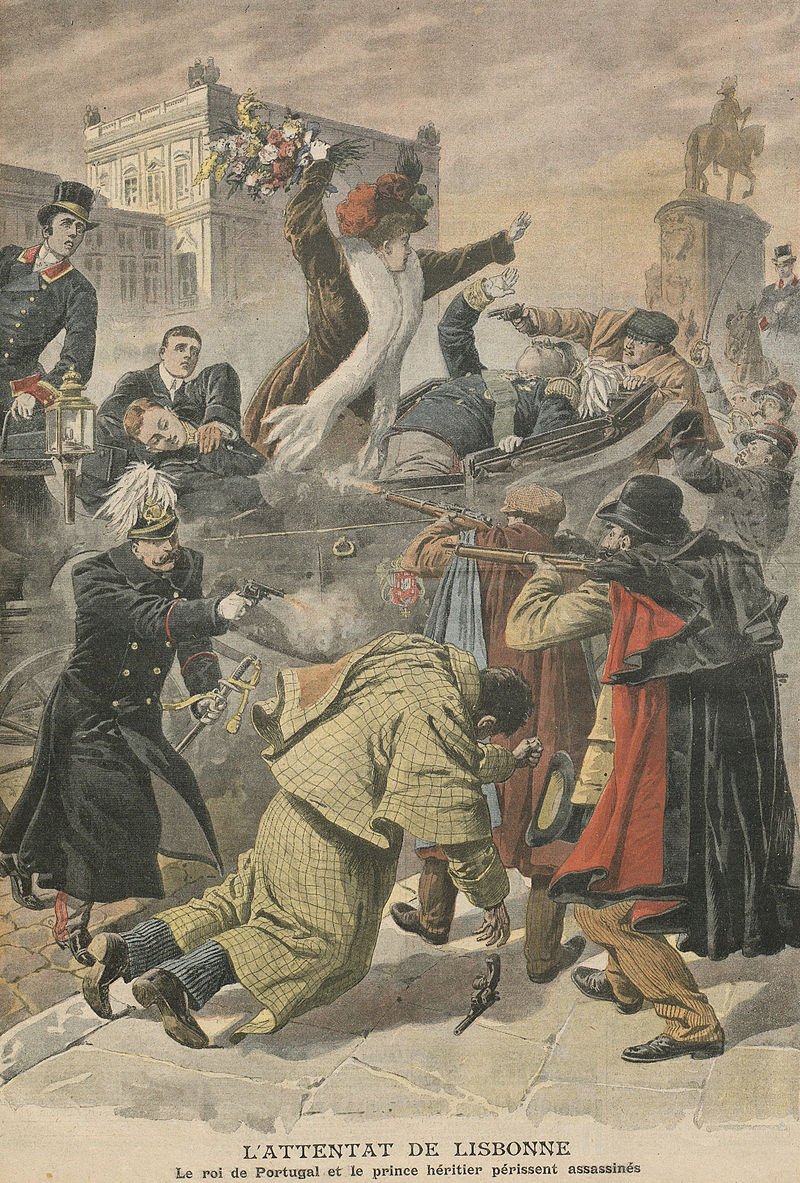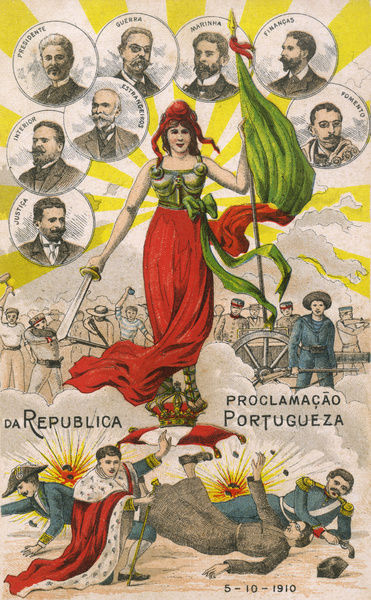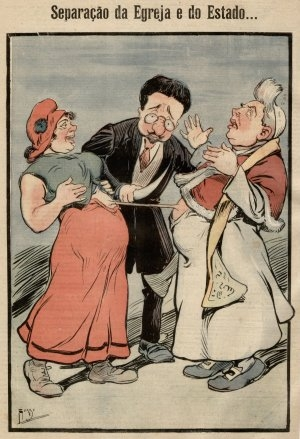
Now that the election is settled, how about coming along on a leisurely bike trip across the Belgian countryside? That's what @KarlMathiesen and I did in order to explore the struggle that cities face as they try to decarbonize urban transport and meet the EU's climate targets. 

EU cities have a clear role to play on the bloc's progress toward its 2050 climate neutrality goal: zero-emission mobility is a priority, and there's a serious push to free streets of emissions-spewing vehicles that take up public space. But that's easier said than done. 

To check out what factors differentiate the cities struggling with clean mobility from those that are already green models, Karl and I hopped on our bikes and spent a morning pedaling from the Brussels to the Flemish university city of Leuven (and nearly back again). 

The journey out of Brussels was as confusing as one would expect in a city of 1.2 million residents, where mobility is a matter divvied up between the regional authorities and 19 communes. 

Although new bike lanes have been laid out during the pandemic, and attempts to make the city-center a low-transit zone are ongoing, the overall impression was that the infrastructure changed or outright vanished as one rode along.
politico.eu/article/brusse…
politico.eu/article/brusse…
Frustratingly, although we tried to make it to the "bike highway" connecting the two cities, the lack of clear signs directing us to there on the way out of Brux ultimately led us to take the less attractive route laid out by Google Maps. 

Once in (rainy) Flanders, paths were clearly laid out as we crossed villages en route to Leuven. Even relatively busy transit roadways linking towns had bike lines clearly marked on the roads or duly embedded into the sidewalks. 



Leuven (seen here in happier, less-lockdown times) is the capital of Flemish Brabant and home to Belgium's oldest and largest university. Due to its proximity to the Belgian capital, it's jokingly referred to as "Brussels East" and popular among commuting eurocrats. 



Like so many other cities, during the 20th century Leuven embraced cars and readily handed over its streets for motor vehicle transit while accepting the use of its quaint plazas as parking lots. 



But the city's steady growth — at a rate of about 1,000 new residents each year — meant those streets and plazas were increasingly blocked up with gridlock that substantially affected resident's quality of life. 

Sensing the problem was likely to only get worse, in 2014 Leuven hired urban planner Tim Asperges — who graciously agreed to show Karl and I around during our visit — to revamp the city's mobility scheme. 

Asperges came up with a circulation plan that involved dividing the urban center into six sectors and blocking cars from crossing between them. In order to move between sectors, cars had to go back onto the ring road — which made their use annoying and time-consuming. 

(That approach was most famously first deployed in Groningen back in the 1970's; today two-thirds of all transit trips there are made by bike and the city boasts the cleanest air of all major cities in the Netherlands.)
theguardian.com/cities/2015/ju…
theguardian.com/cities/2015/ju…
Asperges also proposed doubling the city's car-free zone and new measures to boost cycling: the partial submerging of the ring road to make bike trips between the city center and the outlying neighborhoods simpler, new parking facilities, and bidirectional transit rights. 

The urban planner told us that local merchants opposed the plan due to fears that kicking cars out of the city center would affect their bottom line. The revamped circulation proposal, which went up before the municipal council in 2016, could well have failed... 

...were it not for legendary Leuven mayor Louis Tobback, who was in office between 1995 and 2018. According to Asperges, Tobback wasn't an urban planning die-hard, but he used his political capital to back the project, and in the end it got passed.
knack.be/nieuws/belgie/…
knack.be/nieuws/belgie/…

Today, Leuven is a pedestrian and cycling paradise. Plazas have been reclaimed by the citizenry, and the general silence is notable as the rumbling of automotive traffic dies away the further one wanders into the city center. 







When we visited, Asperges showed us the reclaimed foreground to the train station, under which a parking lot is being built to house 4,000 bicycles. That's in addition to already functioning, neighboring lots that can fit 5,200 bikes. 







He also showed us the bike depot, where non-cyclists can also come to learn how to ride, and one of the streets were residents petitioned to get rid of car parking spaces and replace them with urban gardens (cc: @citizen_garden). 





The success of the scheme has been notable. Within a year of its implementation, cycling went up 32% in Leuven, and since then car-traffic has dropped by nearly 1/5. The city won the 2018 European Green Leaf award, and in 2019 Asperges was named Mobility Person of the Year. 





While Asperges argues that the format can work everywhere, he readily admits that Leuven has many advantages. With a population of 100,000, the mid-sized city's mobility issues are decided at a municipal level, which makes the political side of things relatively easy. 

Moreover, the outsized sway of the progressive staff at the University of Leuven — and its 65,000 students — has been a source of support, as has the general wealth of the citizenry, and the stable industries located within the city proper. 

Back across the Flemish countryside, Brussels faces a considerably more difficult challenge due to its size and political complexity. Bart Dhondt, the Ville's Alderman of Mobility and Public Works, admitted that the Belgian capital was way behind on greening its mobility. 

Dhondt explained that real work on decarbonized circulation has only taken off after the last elections, when Green politicians were appointed to the majority of the 19 commune's mobility positions. "Now there is finally consensus... to boost green public spaces," he said. 

Much like Leuven, Dhondt said that the goal in the capital was to move toward a mobility landscape based on pedestrian, cycling and public transit options, but he said the strategy would likely be implemented at a communal level, with car traffic diverted onto major arteries. 

The changes are all part of a larger, regional scheme called Good Move, which is backed by Green Brussels Minister for Mobility Elke Van den Brandt (check out @hclae's great profile of her from last year here: politico.eu/article/traffi….) 

Brussels has rolled out a lot of cycling infrastructure during the pandemic (including new dedicated bike lanes on major arteries) and pedestrianized key squares, and there's been a dramatic increase in bike use (figures have nearly doubled) this fall.
newmobility.news/2020/10/08/bru…

newmobility.news/2020/10/08/bru…


But Dhondt is clear that the "psychological" obstacle remains for Belgians who traditionally see owning a car as a sign of adulthood and autonomy. Moreover, in the midst of the COVID economic crisis, merchants are skeptical about changes that could impact access to their shops. 

The alderman added that in a city like Brussels filling in a newly car-free space with a playground, a garden or new benches was expensive; while the EU's Green Deal principles are good, Dhondt said that "it would be nice if there were also funds set aside...for greening cities." 

Commission Executive Vice President Frans Timmermans has repeatedly defended decarbonizing urban mobility and said that the upcoming Sustainable and Smart Mobility Strategy will serve to take the EU's "cooperation with cities and regions further."

https://twitter.com/TimmermansEU/status/1322180613403742209

But Commission estimates show that decarbonizing a city like Brussels would cost billions, and that cash is expected to come from the private sector and local, regional and national governments — not the EU. 

Despite the bloc's lofty targets, even from nearly-utopian Leuven Tim Asperges admits that "Europe is there, but it's also far away."
Interested to read more? Check out Karl and my story below (and thanks for following)!
politico.eu/article/wonk-g…
Interested to read more? Check out Karl and my story below (and thanks for following)!
politico.eu/article/wonk-g…
• • •
Missing some Tweet in this thread? You can try to
force a refresh























